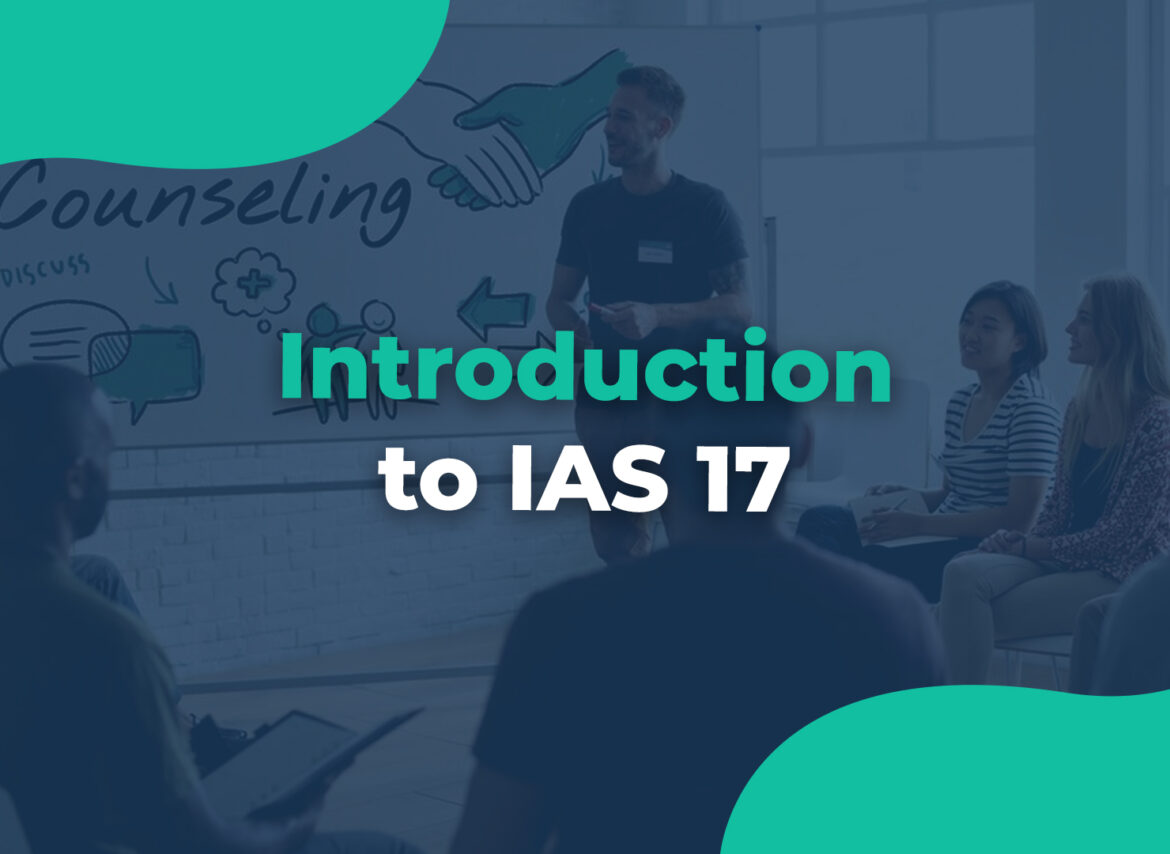What is IAS 17?
IAS 17, established by the International Accounting Standards Board (IASB), provided guidelines for lease accounting, distinguishing between finance leases and operating leases based on the transfer of risks and rewards associated with ownership.Key Concepts of IAS 17
- Finance Leases
Characteristics:
- Ownership Transfer: Ownership transfers to the lessee by the end of the lease term.
- Bargain Purchase Option: The lessee can purchase the asset at a price significantly lower than its fair value.
- Lease Term: Covers the majority of the asset’s economic life.
- Present Value: Lease payments equal substantially all of the asset’s fair value.
- Specialised Nature: Assets are specialised for the lessee’s use without major modifications.
Accounting for Lessees:
- Recognize an asset and liability at the lower of the fair value and present value of minimum lease payments.
- Depreciate the asset over the lease term or useful life, whichever is shorter.
- Allocate lease payments between finance charges and reduce the lease liability.
Accounting for Lessors:
- Derecognize the leased asset and recognize a receivable equal to the net investment in the lease.
- Recognize finance income over the lease term based on a constant periodic return.
Operating Leases
An operating lease does not transfer substantially all the risks and rewards of ownership.Characteristics:
- Ownership and bargain purchase options do not transfer to the lessee.
- The lease term is not the majority of the asset’s economic life.
- Lease payments do not cover substantially all of the asset’s fair value.
Accounting for Lessees:
- Recognize lease payments as an expense on a straight-line basis over the lease term.
Accounting for Lessors:
- Recognize lease income on a straight-line basis over the lease term.







